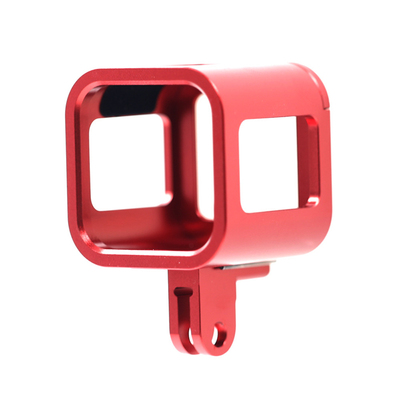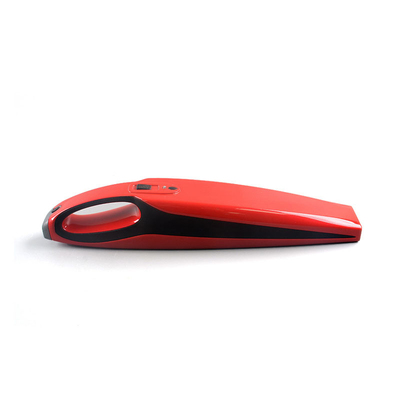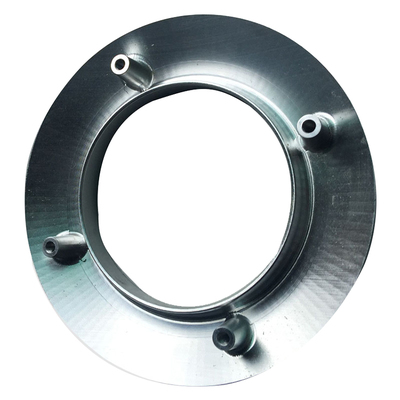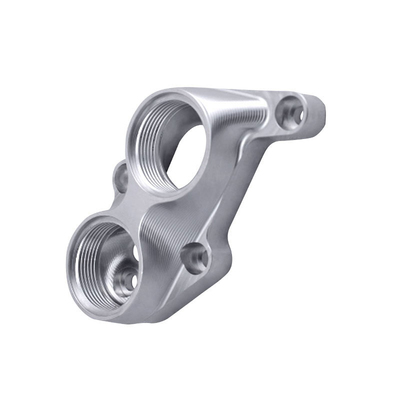The compound annual growth rate of the PVB film market is 6.06%, what are the opportunities and challenges?
The 20121-2027 PVB Film Market Industry Report provides facts and figures about the PVB film market size, revenue forecast and geographic landscape. The research report on the PVB film market industry provides an in-depth analysis of the factors affecting the global business scope. The PVB market research report shows the latest development, status analysis and segmentation of products and services; the report provides key statistical data on the PVB film market status, scale, share, and growth factors. The report includes data on key players, such as revenue, Sales, competitive landscape and global market share of top manufacturers.
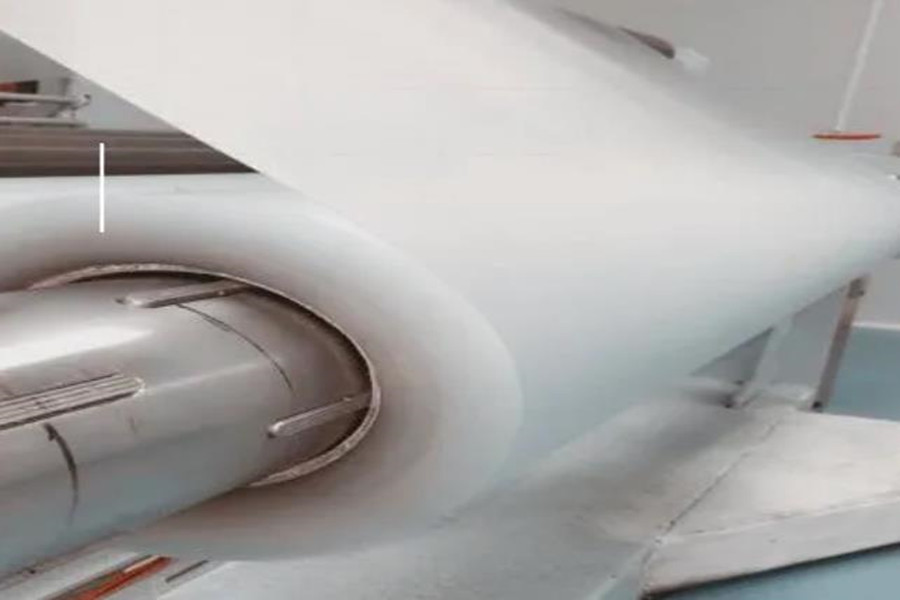
PVB film is defined as a glass interlayer film used in various terminal industries due to its different chemical properties. These films and sheets have special characteristics, including impact resistance, transparency, elasticity and high tensile strength, making the sheets and films suitable Production of safety glass.
PVB film, also known as polyvinyl butyral film, is a polymer material film formed from PVB resin powder through plasticizer plasticization and extrusion. The appearance of PVB interlayer film is translucent film, no impurities, smooth surface, certain roughness and good flexibility, and has the characteristics of transparency, heat resistance, cold resistance, humidity resistance, and high mechanical strength.
Usually PVB film products can be divided into architectural grade PVB intermediate film, automotive grade PVB intermediate film and photovoltaic grade PVB intermediate film. According to different downstream applications, low-end PVB interlayer products are used for architectural safety glass, and high-end products are used as bulletproof glass for aircraft, tanks, and ships in military industry, and are also widely used for automobile windshields. In recent years, due to the vigorous development of the automotive, aviation, and navigation industries, which has brought about an increase in demand for high-end PVB, the domestic PVB interlayer film industry has begun to develop in the direction of high-end.
Market driving factors: the application of PVB film in the laminated glass market will promote market growth
PVB film has been applied in the short-term growth of the laminated glass market. PVB film is used in the form of a resin in fields that require adhesion, optical clarity, adhesion to the glass surface, toughness and flexibility. The main application of polyvinyl butyral is as the interlayer of laminated safety glass for construction and automobile windshield. PVB laminated glass is manufactured by combining two or more annealed or heat-treated glass sheets with one or more PVB intermediate layers and being affected by heat and pressure to ensure perfect bonding between constituent elements.
In recent years, as PVB films are used for safety purposes in automobile windshields, the demand for PVB films as interlayers has increased significantly. Once the glass breaks in the accident, the PVB film prevents the sharp glass shards from causing personal injury. PVB laminated glass also provides good impact resistance, sound insulation and UV resistance. In addition, the UV protection properties of PVB laminated glass can prevent internal fading.
Market challenge: high production costs may limit market growth
Compared with vinyl acetate (EVA), PVB film has higher manufacturing and processing costs. For many years, PVB film material has been the reference material for laminated glass in the construction and transportation industry. Because EVA is superior to PVB in performance, progress has been made in some cases in recent years. The processing of PVB film requires a special temperature control room, and then the glass must be processed in an autoclave, which in turn requires an expensive large machine, suitable for large companies. On the other hand, EVA laminated glass can be produced in a convection or infrared laminated furnace, which is easy for small and medium-sized enterprises to use. In addition, the current covid-19 pandemic has led to stagnation in the main application areas of PVB films such as the construction and automotive industries, which has been hampering market growth.
Market opportunity: The growing demand of the photovoltaic industry will bring opportunities for market growth
The momentum of PVB film in the manufacture of thin-film solar photovoltaic modules is getting stronger and stronger. PV circuits are formed on glass plates using thin film deposition and patterning techniques. The two layers, namely the PVB layer and the second layer of glass (called the back glass), are then placed directly on the circuit. This laminated structure encapsulates the circuit and protects it from environmental conditions. The PVB backplane provides a series of properties because it has good impact characteristics and is considered a cheaper alternative to the four-node backplane. The optical properties of PVB are better than EVA, and the adhesion of PVB to photovoltaic cells is also better than EVA. The photovoltaic industry is attracting market investment to meet the growing demand for clean and sustainable energy. The rise of the photovoltaic industry market is expected to be the reason for the growth of the PVB market during the analysis period.
Link to this article:The compound annual growth rate of the PVB film market is 6.06%, what are the opportunities and challenges?
Reprint Statement: If there are no special instructions, all articles on this site are original. Please indicate the source for reprinting:https://www.cncmachiningptj.com/,thanks!
 Sheet metal, beryllium, carbon steel, magnesium, 3D printing, precision CNC machining services for heavy equipment, construction, agriculture and hydraulic industries. Suitable for plastics and rare alloys machining. It can turn parts up to 15.7 inches in diameter. Processes include swiss machining,broaching, turning, milling, boring and threading. It also provides metal polishing, painting, surface grinding and shaft straightening services. The production range(include aluminum die casting and zinc die casting) is up to 50,000 pieces. Suitable for screw, coupling, bearing, pump, gearbox housing, drum dryer and rotary feed valve applications.PTJ will strategize with you to provide the most cost-effective services to help you reach your target,Welcome to Contact us ( [email protected] ) directly for your new project.
Sheet metal, beryllium, carbon steel, magnesium, 3D printing, precision CNC machining services for heavy equipment, construction, agriculture and hydraulic industries. Suitable for plastics and rare alloys machining. It can turn parts up to 15.7 inches in diameter. Processes include swiss machining,broaching, turning, milling, boring and threading. It also provides metal polishing, painting, surface grinding and shaft straightening services. The production range(include aluminum die casting and zinc die casting) is up to 50,000 pieces. Suitable for screw, coupling, bearing, pump, gearbox housing, drum dryer and rotary feed valve applications.PTJ will strategize with you to provide the most cost-effective services to help you reach your target,Welcome to Contact us ( [email protected] ) directly for your new project.

- 5 Axis Machining
- Cnc Milling
- Cnc Turning
- Machining Industries
- Machining Process
- Surface Treatment
- Metal Machining
- Plastic Machining
- Powder Metallurgy Mold
- Die Casting
- Parts Gallery
- Auto Metal Parts
- Machinery Parts
- LED Heatsink
- Building Parts
- Mobile Parts
- Medical Parts
- Electronic Parts
- Tailored Machining
- Bicycle Parts
- Aluminum Machining
- Titanium Machining
- Stainless Steel Machining
- Copper Machining
- Brass Machining
- Super Alloy Machining
- Peek Machining
- UHMW Machining
- Unilate Machining
- PA6 Machining
- PPS Machining
- Teflon Machining
- Inconel Machining
- Tool Steel Machining
- More Material

